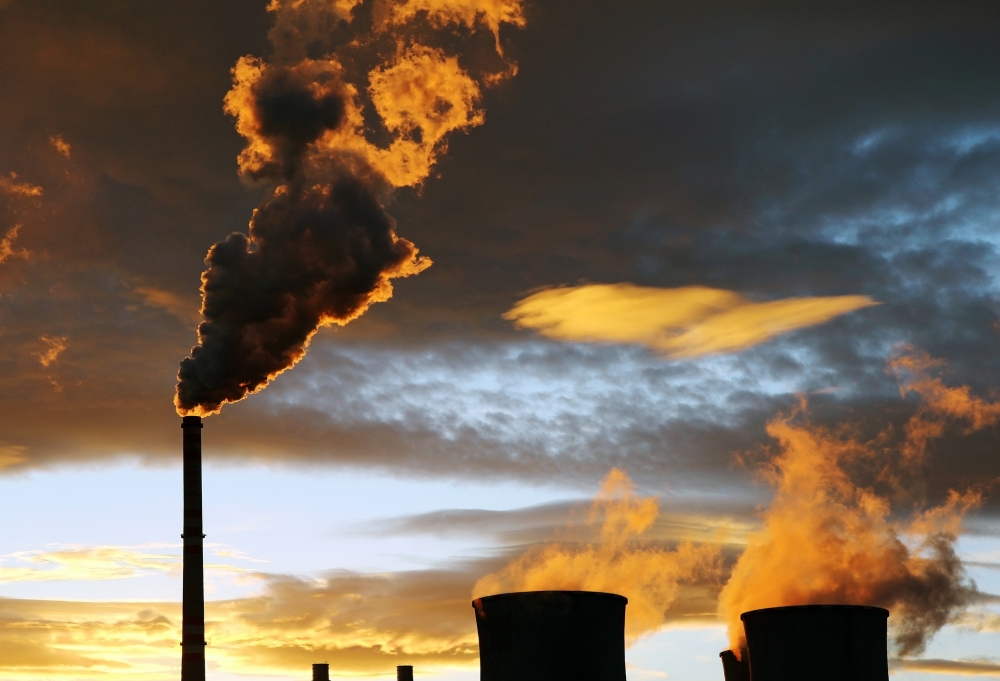
Show Me the Methane
Though not as prevalent in the atmosphere as carbon dioxide, methane is a far more potent greenhouse gas. Occurring naturally as well as being manmade, methane is much shorter-lived than CO2, but it is fast acting and 20 to 80 times as effective at trapping heat. A little extra methane goes a long way.
In addition, methane is invisible, which makes detection by conventional means difficult. So when UC Santa Barbara researcher Satish Kumar and colleagues noted the growing use of infrared sensing as a means of greenhouse gas detection, as was highlighted in a recent New York Times story, they were pleased. The interactive piece used infrared cameras to track emissions from oil and gas facilities in the Permian Basin, an oil field located in Texas and New Mexico.
It’s a topic close to his heart — as a member of electrical and computer engineering professor B.S. Manjunath’s Vision Research Lab, Kumar does work involving multimedia signal processing and analysis.
“As a computer engineer interested in environmental management, I am incredibly glad methane leaks from previously unknown sources are being brought to light,” he said.
Now, to keep the conversation alive, Kumar and his colleagues have proposed a system that does the heat detection one better, by using hyperspectral imaging and machine learning to detect the specific wavelength of methane emissions. Their work was presented at the 2020 IEEE Winter Conference on the Applications of Computer Vision.
“Infrared cameras only detect temperature signatures, so if there is a combination of gases with high temperature signatures, an infrared camera will not be able to differentiate between them,” Kumar said. An infrared image might point to a suggestion of methane, but its concentration and its location couldn’t be pinpointed by heat signature alone. In addition, the farther a hot gas travels from its source, the cooler it gets, eventually making it invisible to infrared.
To overcome these shortcomings, Kumar and team used data from hyperspectral cameras at wavelengths from 400 nanometers to 2,510 nm — a range that encompasses methane’s spectral wavelengths and perhaps those of other gases — in areas around the Four Corners region. Located in the American Southwest, the region also is the site of what could be the largest source of methane release in the United States, particularly the San Juan Basin, shared by New Mexico and Colorado.
Hyperspectral imaging involves the collection of a series of images, in which each pixel contains a spectrum and each image represents a spectral band (a range of wavelengths). Its high sensitivity allows it to capture spectral “fingerprints” that correspond to certain materials, such as methane’s 2,200-2,400 nm wavelengths, which allowed the researchers to locate methane, even in a plume of other gases.
But, methane isn’t the only material that exists at that wavelength.
“There are many confusers to methane,” Kumar said. “The hydrocarbons from roads and paints on buildings, they have the same signature as methane.” The sheer amount of data and the potential for confusion between methane and other hydrocarbons led the researchers to turn to machine learning.
“We used a deep learning model to train the computer to learn the shape that a methane gas leak takes as it is released and spreads,” he explained. This helped the researchers not only to pinpoint the location from which methane was being emitted, whether from gas plant or landfill, but also to automatically differentiate between methane and other hydrocarbons in the same image.
Using this method, the researchers report an 87% success rate in the accurate detection of methane leaks, more of which continue to be discovered from a variety of manmade sources. These include fugitive emissions from incomplete flaring, previously undetected leaks from poorly monitored operations, and the cumulative methane leaks from homes, businesses and urban infrastructure.



